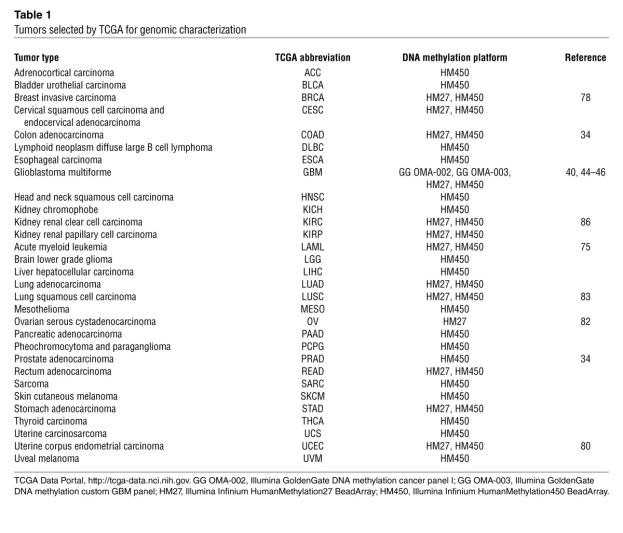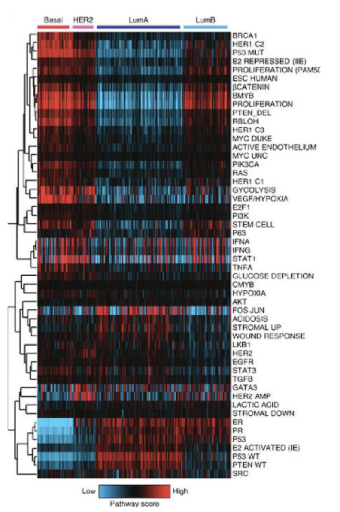Very few treatments cause as many side effects as chemotherapy does, especially when taken the treatment’s fullest extreme. Many advocates for alternative medicine have strong opinions against the use of the drug, claiming that it does more harm than good, making the treatment controversial in some areas of science. In many cases, chemotherapy is used as a supplement to additional treatments such as surgery or radiation. However, patients diagnosed with hematological malignancies such as leukemia and lymphoma, must go through extensive chemotherapy treatment because their form of cancer is not concentrated in one area, such as the breast tissue or brain, so surgery is not a viable treatment (Gorski 2013).
Chemotherapy is infamous for its long list of side effects which include: hair loss, nausea, fatigue, loss of cognitive function, reproductive issues, and permanent damage to the heart, lungs, kidneys, or reproductive systems (cancer.net 2015). A clinical trial performed by Dr. Karolina Tezca (2015), demonstrated that cytotoxic drugs are meant for the destruction of cancer cells. However, these drugs are simultaneously destroying healthy cells or tissues with high growth rates that happen to get in their way, such as epithelia in gastrointestinal track and cells located in bone marrow and skin. Joe Simpson of Camberley was diagnosed with pancreatic cancer in 2008 when he was only 27 years old. During treatment Joe wouldn’t get out of bed for weeks on end, he was in too much pain and too weak to walk up the stairs, and developed such severe depression he refused to speak to anyone (Simpson 2008). Sometimes it can be hard to decipher what symptoms are related to chemotherapy treatment or due to cancer, but regardless there needs to be a better way to relieve millions of people every year from the physical and emotional burden that comes along with the dreaded three words: “You have cancer.”
According to the American Cancer Society (2016), the overall mortality rate of diagnosed individuals under fifty years of age has steadily declined by 2.6% per year since 1986, nonetheless over half a million people in the US are estimated to die of cancer this year. In many cases chemotherapy saves lives. It decreases the risk of dying from breast cancer by one third in diagnosed individuals (Gorski 2013). It is also true that chemo can’t save every patient. For people who are diagnosed too late, chemo isn’t effective or causes related toxicities. Actually finding the problem before it becomes one will make the difference.

